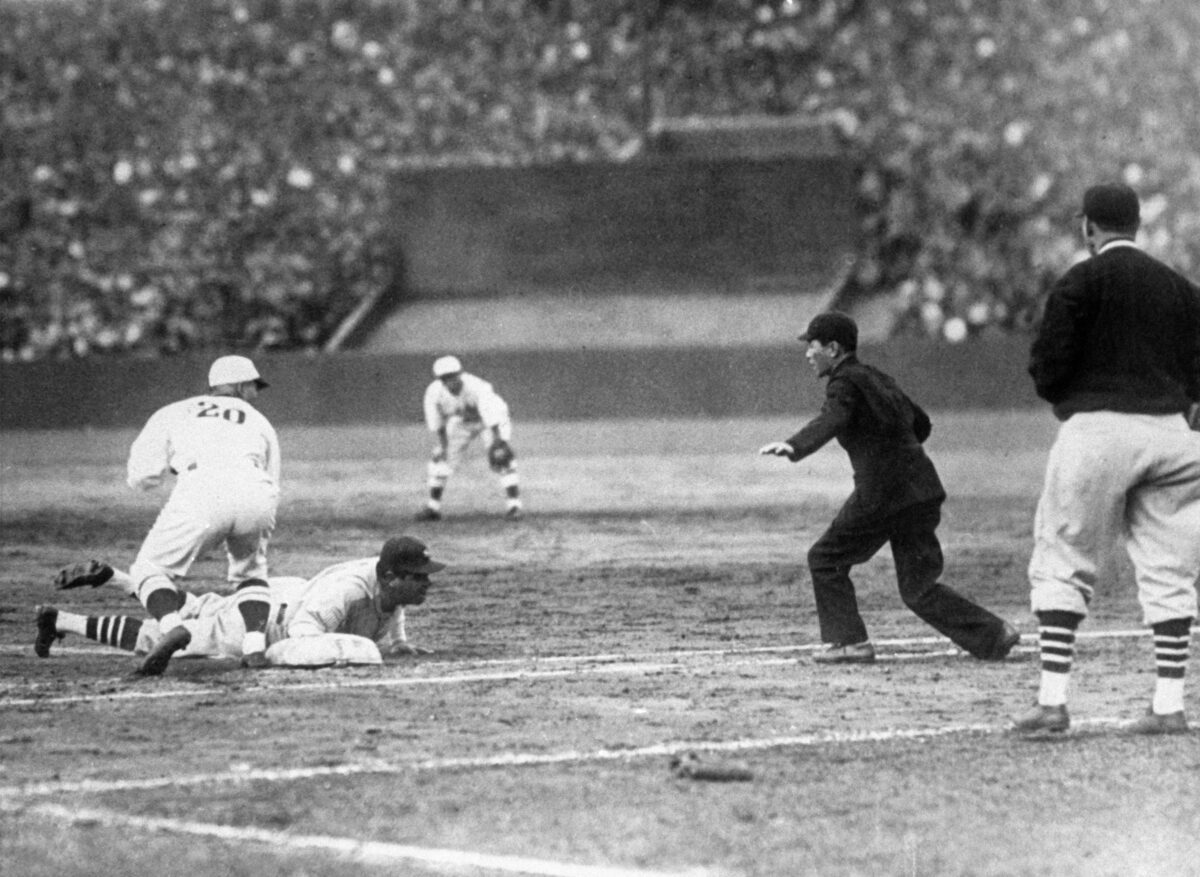



The connection between the Negro Leagues and Japan spans more than a century, influencing the development of professional baseball in both nations. From the barnstorming tours of the 1920s and 1930s to postwar exchanges and the rise of Japanese superstars like Ichiro Suzuki, the impact of Black baseball pioneers in Japan is undeniable.
That legacy will be honored this year during the 2025 MLB Tokyo Series, where Ichiro will be celebrated for his Hall of Fame induction. Ichiro becomes the first Japanese-born player to enter Cooperstown, a moment that bridges generations of international baseball influence.
Barnstorming Tours and the Rise of Japanese Baseball
One of the most significant influences of the Negro Leagues abroad came through barnstorming tours, in which all-Black teams played exhibition games across the globe. Among the most impactful were the tours of the Philadelphia Royal Giants, who visited Japan regularly from 1927 through 1934.
These tours brought high-level competition and new playing styles to Japan at a critical moment in its baseball development. Japan’s professional league, now known as Nippon Professional Baseball, would not be formally established until 1936. The Royal Giants, along with other barnstorming teams, laid the foundation for what would become one of the world’s premier professional leagues.
A defining moment came in 1934 when a 17-year-old Japanese pitcher named Eiji Sawamura faced a team of American All-Stars that included Babe Ruth, Lou Gehrig, and Jimmie Foxx. Sawamura struck out all three Hall of Famers in a single inning, earning a place in Japanese baseball legend. That performance helped validate Japanese talent on the world stage.
Baseball’s global popularity can be traced back in part to the barnstorming tours of the Negro Leagues almost a century ago. #BlackHistoryMonth pic.twitter.com/48iblRawGX
— MLB (@MLB) February 19, 2025
Baseball historian Kazuo Sayama, who was inducted into the Japanese Baseball Hall of Fame in 2021, said of that era, “If we had seen only the major leaguers, we might have been discouraged and disillusioned by our poor showing. What saved us was the tours of the Philadelphia Royal Giants, whose visits gave Japanese players confidence and hope.”
Why It Still Matters
The legacy of these tours echoes in Ichiro’s career. His playing style—built on speed, contact hitting, and elite defense—evokes Negro League legends like Cool Papa Bell and Oscar Charleston.
In 2016, Ichiro made the largest donation ever by an active player to the Negro Leagues Baseball Museum. In doing so, he publicly acknowledged the pioneers who helped shape the global game he loved.
Ichiro’s Hall of Fame induction was recognized earlier this year in Tokyo during the2025 MLB Tokyo Series, ahead of his official enshrinement this weekend in Cooperstown. It’s a full-circle moment—a Japanese icon celebrating the very legacy that helped lift Japanese baseball to global prominence.
Ichiro’s Hall of Fame induction will be recognized not only in Cooperstown but in Tokyo, during the 2025 MLB Tokyo Series. It’s a full-circle moment—a Japanese icon celebrating the very legacy that helped lift Japanese baseball to global prominence.
More history of the Philadelphia Royal Giants in Japan can be found through SABR’s “Gentle Black Giants” article and additional resources are available at the Negro Leagues Baseball Museum.
A Japanese pitcher tries to catch Babe Ruth off first base but the empire calls Ruth safe, Nov. 21, 1934, during an exhibition game in Meiji Stadium, Tokyo. (AP Photo)